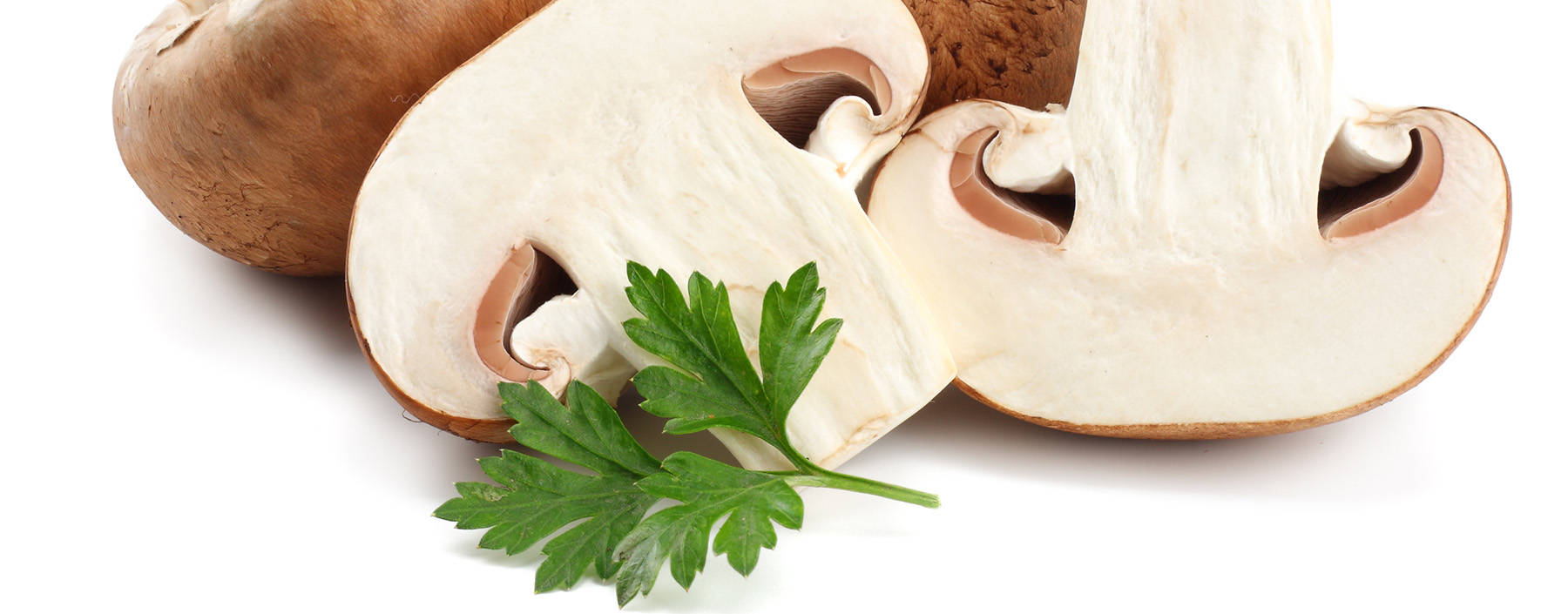Based on cutting-edge proteomics technology platforms, Lifeasible provides mushroom proteomics services in different tissue morphologies to analyze differentially expressed proteins in fertile/non-fertile mycelium, homonucleate/heteronucleate mycelium of edible mushrooms and in the same tissue of different edible mushrooms.
Introduction to Mushroom Proteomics in Different Tissue Morphologies
Mushrooms constitute one of the most important life groups on earth and have different nutritional compositions and nutritional values. The above-ground part of the mushroom is called the fruiting body, while the root system of the mushroom is called the mycelium. The mushroom fruiting body (fruiting shell or tamarin shell) can be divided into four morphologically distinct tissues, including the pericarp, the inner cap, the gills (sporangia), and the stalk. These tissues have been tested separately, such as gills or pericarp, as physiological parts. Most of the omic studies involve the whole ascomata of mushrooms and their various bioactive components. There is great variation in the protein content of different tissues of mushrooms. However, there are few studies on the differential proteomics of mushrooms with different tissue forms.
 Fig. 1. Overview of the changes in the transcriptomes (blue) and proteomes (orange) of early and late MVX infection on the fruit bodies of A15. (O'Connor E, 2019)
Fig. 1. Overview of the changes in the transcriptomes (blue) and proteomes (orange) of early and late MVX infection on the fruit bodies of A15. (O'Connor E, 2019)
Services
The proteins of mushroom species vary according to body tissues. Our experts are very interested in protein variation in different tissues of mushrooms. We use the Tris-saturated phenol method and TCA/acetone precipitation to extract the proteome of different mushroom tissues, separate protein components by two-dimensional electrophoresis (2-DE), and combine with bioinformatics analysis to verify the role of differentially expressed proteins in different tissues. As a leading provider of mushroom differential proteomics services, Lifeasible offers proteomics services for different tissue morphologies.
We focus on differential mushroom proteomics in fertile/non-fertile mycelium, homonuclear/heteronuclear mycelium of edible mushrooms, and in the same tissue of different edible mushrooms.
- Fertile/non-fertile mycelium of mushrooms
We offer iTRAQ combined with LC-MS/MS technology for proteomic analysis of primary sterile mycelia and fertile secondary mycelia of mushrooms to screen for differentially expressed proteins.
- Mushroom homonuclear/heteronuclear mycelium
We use iTRAQ and LC-MS/MS to screen for differential proteins by analyzing the proteome of mushroom homo- or heterokaryotic mycelia.
- Differential proteomes in the same tissue of different mushrooms
We can perform differential proteome analysis using 2-DE technology on the fruiting body, mycelium, and other developmental stages of different mushrooms, including Agaricus bisporus, Agaricus blazei, Shiitake, Pleurotus citrinopileatus, Pleurotus cystidiosus, Pleurotus flabellatus, and Pleurotus florida. Pleurotus florida and Pleurotus sajor-caju, etc.
Differences in protein expression in different tissues reflect, to some extent, the effects on mushroom growth morphology, yield, and quality. We focused on the analysis of mushroom proteome expression differences in different tissues, which can help provide more accurate evaluation criteria for mushroom genetic breeding based on genomics and transcriptomics. If you are interested in our services, please contact us.
Reference
- O'Connor E. (2019) Characterising the molecular response of Agaricus bisporus to mushroom virus X infection[D]. National University of Ireland, Maynooth (Ireland).
For research or industrial raw materials, not for personal medical use!


 Fig. 1. Overview of the changes in the transcriptomes (blue) and proteomes (orange) of early and late MVX infection on the fruit bodies of A15. (O'Connor E, 2019)
Fig. 1. Overview of the changes in the transcriptomes (blue) and proteomes (orange) of early and late MVX infection on the fruit bodies of A15. (O'Connor E, 2019)